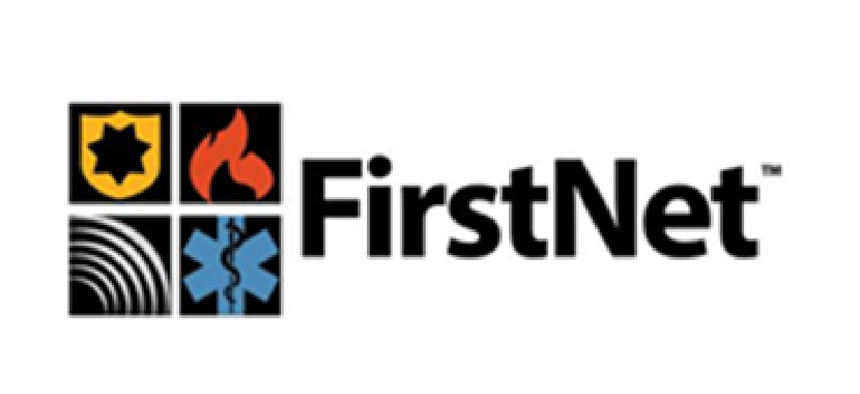Nationwide first-responder network starts to take shape

FirstNet has released its first draft request for proposals.

The planned nationwide broadband public safety network is coming into focus. The First Responder Network Authority (FirstNet), the government entity charged under law with building and operating the network, released its first draft request for proposals on April 27, giving industry a look at the five-year plan to establish high-speed mobile connectivity for first responders and other emergency personnel.
The network is required by law to be complete -- covering cities and towns as well as rural and wilderness areas. The service is designed to encompass state, local, tribal, and federal agencies, and be fully interoperable, operating over the same swath of spectrum.
Congress and the Obama administration backed the network to respond to complaints that individual law enforcement radio systems lack interoperability, leading to confusion and danger in emergency situations, most notably during the immediate response to the Sept. 11, 2001, attacks.
The effort is funded with $7 billion in federal spectrum auction proceeds, $6.5 billion of which is eligible to be paid out to contractors. The network is expected to cost more than that. The Congressional Budget Office estimated in 2011 that the network would cost $12 billion to operate over its first decade of service. Other estimates have ranged as high as $47 billion, according to a recent Government Accountability Office report.
User fees from public safety agencies will underwrite some of the costs of the network. One catch is that states and territories covered by FirstNet have the right to opt out and design their own networks, and might be more inclined to do so if the network isn't a good deal. Any separate network must be fully interoperable and compliant with the nationwide network. It's not clear which states, if any, are going to opt out.
Under the law, contractors can lease out excess capacity on the network as a mechanism for recouping investment costs. By design, the network will deliver priority to first responders as needed, as emergency situations call for increased bandwidth. Contractors will also have a leg up on developing applications, specialized devices and other tools to ride on the network and market to law enforcement agencies. FirstNet estimates that between 4 million and 13 million users will be on the network. These marketing synergies, plus the $7 billion in funding, user fees and funds from leasing excess network capacity are supposed to keep the network on firm financial footing, and supply enough profit to incentivize contractors to participate.
FirstNet also plans for bidders to tap existing infrastructure, like long-haul communications transport networks to carry data between radio towers and cellular antennas. The GAO report noted that this model could introduce unexpected complexity to the effort. "Negotiating access to existing infrastructure can also be a time-consuming process, especially with government-owned or controlled facilities, and where contracts must by executed with multiple owners, ultimately slowing down network deployment," the GAO said.
FirstNet's own estimates and the assumptions on which they are based for the startup and 10-year costs of the network are not public, because of the coming procurement. GAO said in its report that "FirstNet has developed a cost estimate for its public safety network that met most of the best practices against which we evaluated it."
The draft RFP indicates that contractors can suggest a nationwide proposal that includes all high-level network functions from the core network to devices, backhaul, satellite, lifecycle management and more, or proposals based on states or regions that cover the radio access network and the commercial leasing of the excess network capacity.
"We want to move quickly to create multiple avenues and opportunities for the states, territories and tribes, public safety community, and potential industry partners to engage in a dialogue with FirstNet about how to deploy this network. Having an iterative approach that involves public safety early and often in the process will lead us to produce the best possible RFP to help ensure the ultimate network solution works for the public safety community, FirstNet, and its industry partners," said FirstNet acting Executive Director TJ Kennedy.
NEXT STORY: GSA widens telecom collaboration efforts






